X-ray Polarimetry
X-ray Polarimetry
The photoelectric effect is a promising basis for sensitive X-ray polarimeters. It is the dominant X-ray interaction mechanism below 100 keV in almost all materials and is highly sensitive to polarization. Photoelectric polarimeters exploit the fact that the electron ejected as a result of photoionization is emitted in a direction preferentially aligned with the electric field vector of the incident X-ray. A measurement of the photoelectron emission direction provides a measure of the polarization state of the photon.
Time Projection Chamber Polarimeter Concept

Fig. 1: The time projection polarimetry uses a simple strip anode to form pixelized image of photoelectron tracks.
The Time Projection Chamber polarimeter concept is illustrated in Figure 1 and also in the animation. A gas electron multiplier (GEM), is read out with strip electrodes oriented parallel to the propagation direction of the incident X-rays. Each strip is instrumented with a charge-sensitive amplifier and a continuously sampling analog-to-digital converter (ADC). The GEM cathode is instrumented to provide a data acquisition trigger. A voltage applied to a drift electrode establishes a uniform electric field in the active volume.
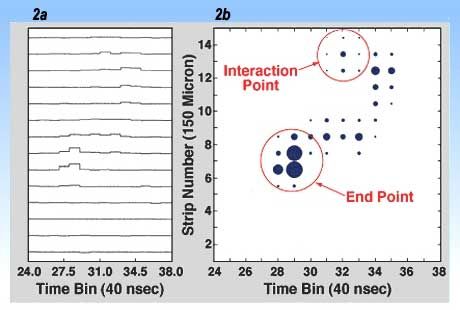
Fig. 2: The TPC forms an image by digitizing the signal on each anode strip. Signal proportional to the charge deposited on each strip are shown on the left (figure 2a). The resulting image on the right (figure 2b) shows the interaction point, emission angle, and end of the track. Each circle has a size proportional to the deposited charge in each virtual pixel.
Each X-ray absorbed in the active gas volume between the GEM and the drift electrode produces a photoelectron, which is emitted preferentially in a plane normal to the GEM with a sin2Θcos2Φ distribution, where Θ is the angle with respect to the X-ray propagation and Φ is the azimuthal angle with respect to the electric field of the X-ray. The photoelectron ionizes the gas along its trajectory. The ionization electrons then drift with a constant velocity to the GEM, where the charge is multiplied and collected on the strips. A track image is formed in the plane perpendicular to the GEM by binning the charge pulse trains into pixels whose coordinates are defined by strip location in one dimension and arrival time multiplied by the drift velocity in the orthogonal dimension. Figure 2 shows an example of a 6 keV photoelectron track imaged in this manner.
Experimental Configuration
The X-ray beam is collimated and enters the active volume in a direction parallel to the readout strips. The TPC is mounted on a stage so that it can be rotated around the axis of the X-ray beam.
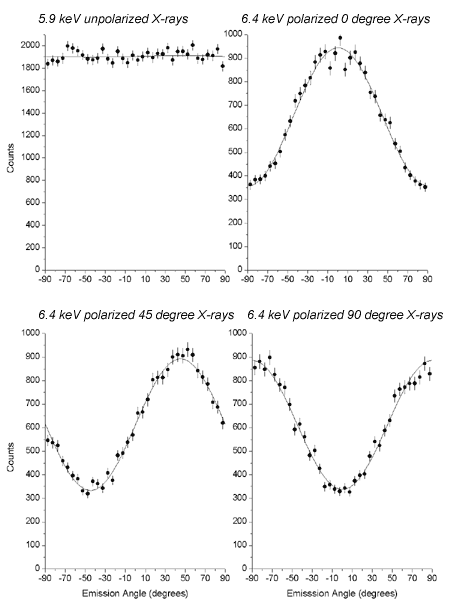
Fig. 3: The TPC polarimeter results using a gas mixture of 50% neon, 50% dimethyl ether (DME) at 460 Torr.
The polarized X-rays are produced by Bragg scattering 6.4 keV iron X-rays through 90 degrees off a silicon crystal. The TPC polarimeter was tested in a gas mixture of 50% neon, 50% dimethyl ether (DME) at 460 Torr. Data from ~100% polarized 6.4 keV X-rays were taken with the phase of polarization oriented at 0, 45, and 90 degrees with respect to the electron drift direction (see figure 3). Unpolarized 55Fe data were collected both before and after the polarized data.
Data Analysis and Results
Track images are formed as an array of 24x24 pixels centered on the event barycenter. The emission angle of each photoelectron is estimated from the track image by the track reconstruction software.
Histograms of the emission angles are fit with the expected functional form:
N(Φ) = A + B cos2(Φ - Φ0),
Where Φ0 is the angle of the plane of polarization. The analyzing power of a polarimeter is generally defined by the modulation, μ where:
μ = (Nmax - Nmin ) / (Nmax + Nmin ) = B / (2A + B)
a quantity that scales from 0 to 1.
The results are shown in Figure 3 and Table 1. The phase angles obtained from the functional fit to the data were consistent with the actual incident X-ray polarization angle. All the polarized data sets are consistent with an average modulation of 45.0 ± 1.1%, with the unpolarized data consistent with no modulation.
Table 1
| Polarization Phase | Measured Parameters | ||
|---|---|---|---|
| Modulation, μ (%) | Phase Φ (degrees) | χv2 | |
| unpolarized | 0.49 ± 0.54 | 44.6 ± 28.7 | 1.2 |
| 0° | 45.0 ± 1.1 | 0.3 ± 0.6 | 1.1 |
| 45° | 45.3 ± 1.1 | 45.2 ± 0.6 | 1.0 |
| 90° | 44.7 ± 1.1 | -89.9 ± 0.6 | 1.4 |
Conclusions
- A TPC polarimeter is simple to build with modest cost.
- Depending on the beam geometry the TPC polarimeter can be made with unit quantum efficiency.
- Can be made as a large volume
- Astronomical applications: X-ray mirror, large volume for large field-of-view GRB polarimeters
Future Work
More work is in progress in order to understand the performance including systematic errors. We will be developing newer, larger devices with finer pitch and with an independent means of drift velocity calibration.
The TPC concept can be adapted to higher energies simply by making the interaction region deep enough to obtain significant efficiency. Detectors with an interaction depth to pixel size ratio in excess of 104 should be possible as straightforward extensions of the method demonstrated here.
Since the trigger does not occur at the time of the X-ray interaction, the interaction point is not located absolutely. The TPC is therefore not an X-ray imaging polarimeter.
Overview of X-ray Polarimetry with Time Projection Chambers
Polarization probes both the emission geometry, typically from regions too small to be imaged without interferometry, and the emission mechanism of exotic processes characterized by high temperature and magnetic field. X-ray polarimetry will be a tool to study, for example, the origin of cosmic rays in the universe, the nature of black holes, the role of black holes in the evolution of galaxies, and the interaction of matter with the highest physically possible magnetic fields.
Polarization signatures are imprinted by most microphysical processes affecting X-rays, including scattering and magnetic emission processes. X-ray polarization is also sensitive to exotic physical processes occurring in regions of very strong gravitational and magnetic fields. Observations of X-ray polarization can test our understanding of these fundamental physical processes. Polarization provides a measure of the geometrical distribution of gas and magnetic fields, and X-ray polarization is essentially free of the foreground depolarization that affects longer wavelengths.

As X-ray imagery reveals structural details, X-ray polarimetry probes the emission geometries and emission mechanisms.
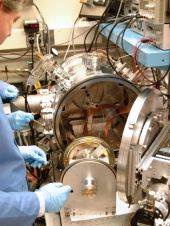

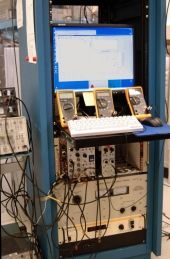
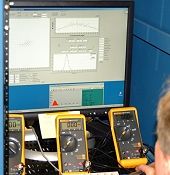
Links
- Other Relevant Material
- "X-ray Polarimetry with a Micropattern Time-Projection Chamber", submitted to NIM A and accessible during the review process through Phys-ph
- Con-X White Paper
- X-ray Polarimetry with Time Projection Chambers; proposal accepted by ROSES APRA
- A Gamma-ray Burst Photoelectric Polarimeter; proposal accepted by ROSES APRA
- Related Research
- X-ray Polarisation Measurements with a Micro-pattern Gas Polarimeter, American Astronomical Society Meeting 207, #211.03
